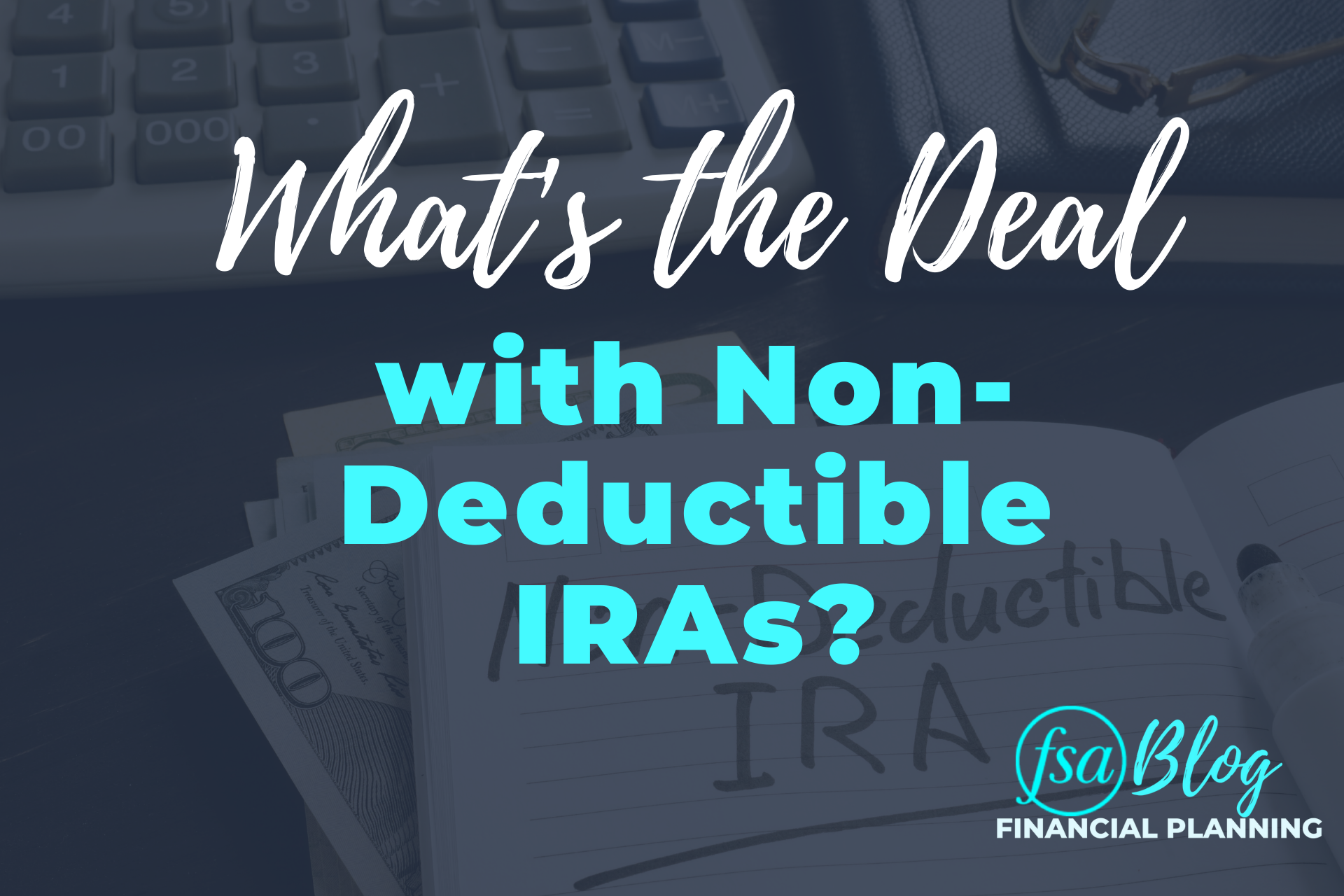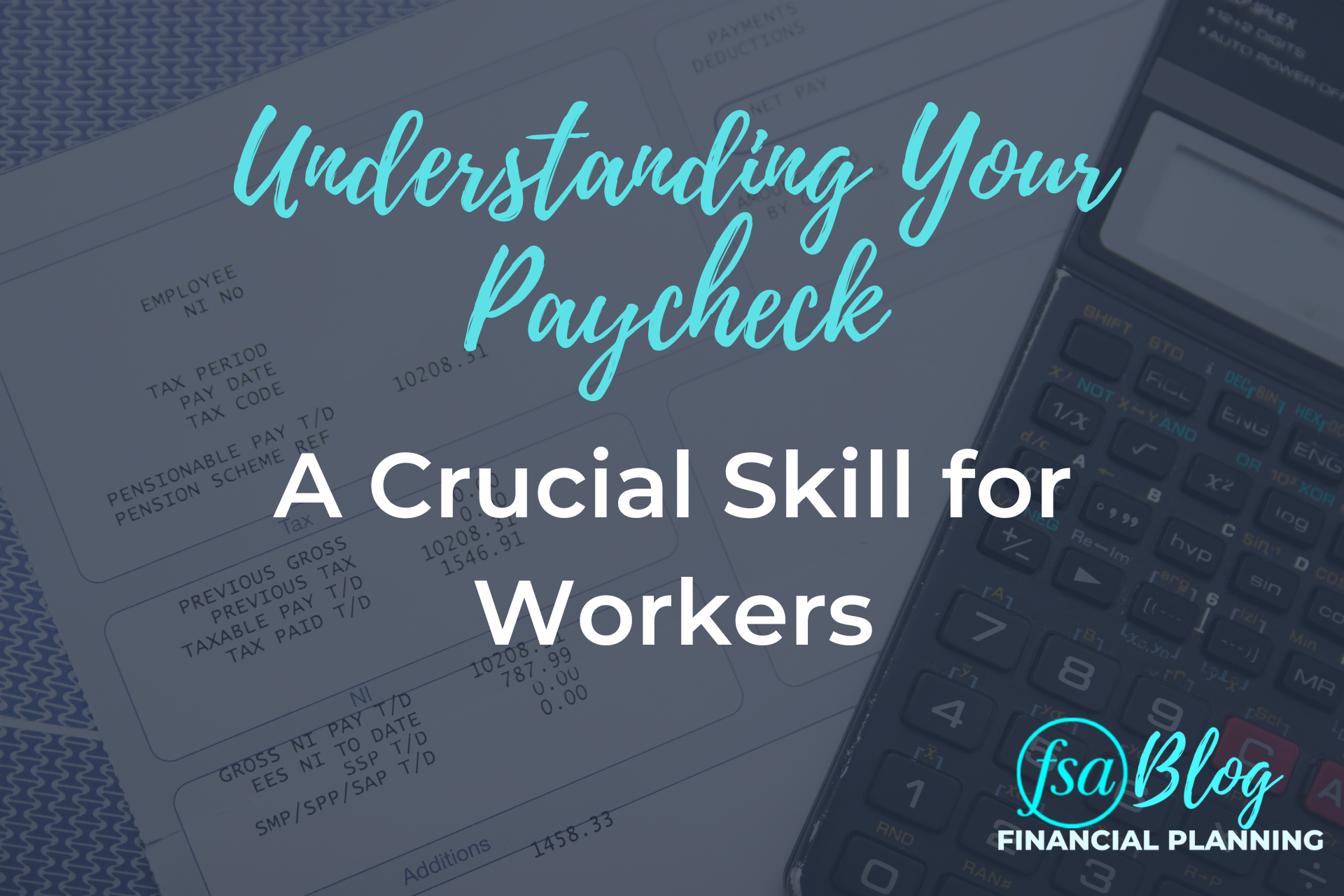Ever hear of making too much money? Well, that could be the case if you are trying to contribute to a traditional or Roth IRA. If that’s bittersweet news for you, not all is lost.
We’ve got good news – You can still contribute to a traditional IRA!
What Is a Nondeductible IRA Contribution?
It’s a contribution to your IRA which you DO NOT get to deduct from your tax return. Typical IRA contribution rules allow you to deduct the contribution amount from your current tax return, therefore saving on taxes. But if you make too much, the deduction is not allowed. Is that the end of the world? It’s not.
You can still make a nondeductible contribution to an IRA. Once you make the contribution, the earnings will still grow on a tax-deferred basis like normal, but the total amount of your nondeductible contributions over the years can be withdrawn tax free after age 59 ½ since you didn’t get the deduction when you contributed. That said, the earnings are always taxable as income when withdrawn.
Why Would You Do This?
Here are two common reasons why you might make nondeductible IRA contributions:
- You make too much money. If your income exceeds the IRS thresholds for pre-tax contributions to an IRA or post-tax contributions to a Roth IRA, you can make a nondeductible contribution to an IRA.
- You already contribute to a company retirement plan (ex. 401k, 403b, etc.). The IRS allows you to get a tax benefit from only one account in a given year if you make too much money. If you already contribute to your 401k (and get the tax deduction for your contribution), for example, you can also make a nondeductible contribution to an IRA.
Should You Tell Your CPA About the Contribution?
Bottom line – YES! If you don’t relay this information, your CPA can’t track the nondeductible contributions you made over the years. This could lead to double taxation when you withdraw money in retirement. If the IRS can’t differentiate between the funds on which you took the tax deduction and those you didn’t, you will owe taxes on all withdrawals, including money you already paid taxes on (the nondeductible contributions).
What Is Form 8606?
To report and track any nondeductible IRA contributions, you must complete Form 8606. This is what tells the IRS how much money you contributed to your retirement funds that weren’t deductible. The form will help prevent the IRS from double taxing the nondeductible contributions.
Final Thoughts
Nondeductible IRA contributions may be a solution for some to keep their retirement buckets growing. As financial advisors, we regularly help clients determine which accounts they should utilize to save for retirement. We are happy to have these types of conversations with you. If you have any questions or topics you’d like us to cover, feel free to email us at questions@FSAinvest.com.
FSA’s current written Disclosure Brochure and Privacy Notice discussing our current advisory services and fees is also available at https://fsainvest.com/disclosures/ or by calling 301-949-7300.




